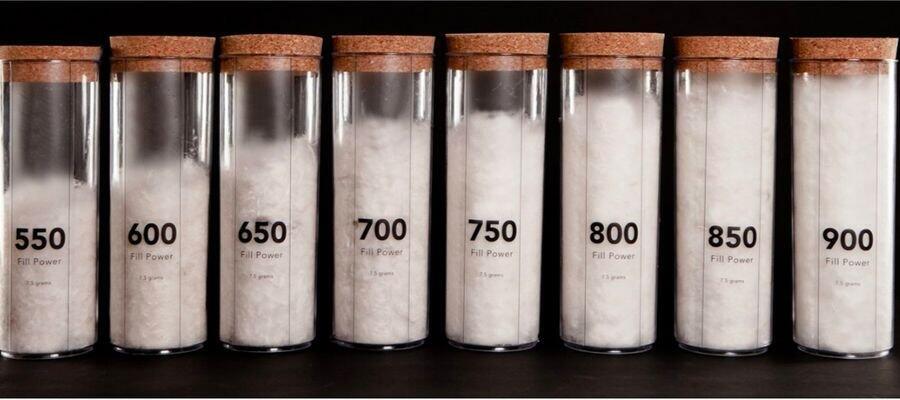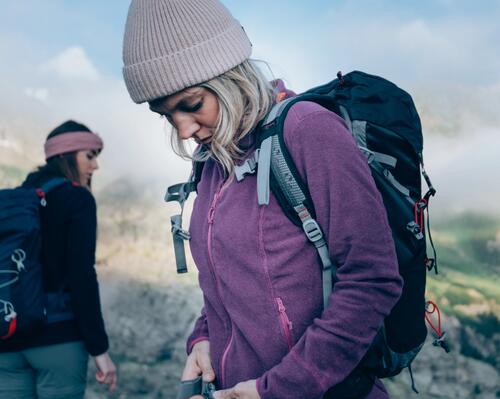What does breathability mean?
https://www.decathlon.sg/c/winter-sports/apparel/fleeces.htmlIn a nutshell, breathability refers to the ability of a fabric to absorb moisture and release it through the material itself, allowing it to breathe.
Breathability is important for many reasons:
Firstly, it prevents you from overheating. Fabrics that are designed to provide warmth should be breathable so that you do not feel stuffy or hot and sticky.
Secondly, it allows air to travel through the fabric to keep it fresh. This not only refers to you staying fresh but also the material, especially when it comes to lingering odour.
Thirdly, it prevents blisters! This is a little-known fact, but breathable boots actually prevent the formation of blisters as moisture can cause feet to do this.
With more air traveling to your feet, this won’t be a problem to deal with.
In short, your mid-layer should at least have heat-trapping properties! This layer is all about insulation and is crucial in helping you retain the heat that is radiated by your body.
The better the layer is at trapping heat, the warmer you will be.
However, one common shortcoming of middle layers is that they usually do not provide rain protection.
If your holiday destination is going to be rainy and wet, you would definitely need a protective outer layer in order to keep water out.
Pro-tip: Check the weather before you start packing!
There are 3 common materials for mid-layers: down feather, synthetic down feather, and fleece.
Today we are going to introduce you to down feather and synthetic down feather jackets!






